Electric power washer technology has advanced a lot. H13 filtration systems and automated features are now standard, yet buyers still find it challenging to pick the right machine.
Most shoppers get caught up in impressive-sounding specs without knowing what they need. My extensive research on the best electric power washers for 2024 and beyond has shown that top technical features don't always mean better cleaning results. This piece cuts through marketing hype and reveals what manufacturers don't tell you about their machines.
You'll learn about hidden maintenance costs and ground performance comparisons. This knowledge will help you make a smart choice, whether you're looking for the best electric power washer in Canada or searching for budget-friendly options under $200.
Understanding Electric Power Washer Basics
Knowing the key specs is crucial before you buy an electric power washer. Product labels often confuse buyers with technical jargon, but these numbers tell an important story about cleaning performance.
PSI and GPM: What do these numbers mean
PSI (Pounds per Square Inch) and GPM (Gallons per Minute) are two key metrics that show how well a power washer cleans. PSI measures the water pressure or cleaning force. GPM shows the water flow rate.
PSI works as the "stripping" action that removes grime from surfaces. GPM acts as the "flow" that washes away the dirt. Electric power washers work between 1,200-4,000 PSI, which is lower than gas models.
Here's a trade secret: Multiply PSI by GPM to get Cleaning Units (CU) - the real measure of cleaning power. To name just one example, see:
· A 3000 PSI/2.0 GPM washer = 6000 CU
· A 2000 PSI/3.0 GPM washer = 6000 CU
Both have similar CU ratings, and the higher GPM model cleans faster.
Electric vs. gas power washers: The truth about performance
Electric power washers have some performance limits, despite what salespeople might say. Gas models deliver 2,500-4,000 PSI, while electric units reach 1,500-3,000 PSI.
Electric washers come with clear benefits. They start and run easily. They need less maintenance. You can use them safely indoors since they don't produce emissions. These machines are lighter and quieter (about 80dB compared to 100dB for gas models). The prices range between CAD 139.34-557.34.
Most homeowners find that quality mid-range electric models clean almost as well as gas units for regular household jobs.

Types of electric power washers for different needs
Electric power washers come in two main types:
1. Corded electric models: These deliver steady power, but your movement depends on cord length (typically 35 feet) plus hose length (usually 25-30 feet). They work best for regular home maintenance.
2. Battery-powered models: These give you cordless freedom but with less power (usually up to 500 PSI compared to 1,000-2,300 PSI for corded models). They're great for light jobs like washing cars and spots without power outlets.
On top of that, electric washers use different motors that affect durability and noise. These include simple brush motors, universal motors (compact but louder), and induction motors (quietest and most durable).
The best electric power washer choice depends on your cleaning needs and the jobs you'll do most often.
Key Features That Justify the Price Tag
Shopping for an electric power washer reveals price differences between models that show important features. These features directly affect performance and durability. Your understanding of these elements helps you make a smart investment instead of falling for marketing claims.
Motor quality and longevity indicators
The motor serves as the core of any electric power washer. Household models typically use 12-15 amps. Higher prices come with brushless induction motors that last substantially longer than standard ones. These motors run quieter and need less maintenance. Models with thermal protection systems prevent overheating damage. This becomes crucial if you use the washer often. Motor lifespan rarely appears in manufacturer advertisements. Yet this component determines your machine's durability more than any other part.
Hose and cord length considerations
Good pressure washer hoses should be at least 30 feet long. This length lets you clean without moving the unit too much. Longer hoses lose minimal pressure (about 50 PSI per 100 feet). They do add weight and take up more storage space. Electric models need a proper power supply. Lightweight extension cords can harm internal components, so avoid them. You should use only 12-gauge wire for distances beyond 25 feet.
Nozzle types and their practical applications
Quick-connect nozzles come color-coded for different spray patterns and specific cleaning tasks:
· Red (0°): Concentrated stream cleans tough stains on concrete or metal
· Yellow (15°): Heavy-duty cleaning works on garage floors and concrete stains
· Green (25°): General purpose suits patios, walkways, and decks
· White (40°): Gentle cleaning protects delicate surfaces like siding
· Black (65°): Low-pressure soap application
Better washers include rotating turbo nozzles. These deliver up to 10× more cleaning power by spinning a 0° stream in a circular pattern.
Mobility features worth paying for
Quality mobility features make a real difference. Pneumatic tires guide you through uneven terrain. Telescoping handles make transport easy. Integrated hose reels stop tangles. Better models distribute weight to stay stable during operation. These ergonomic details affect your experience substantially, especially with bigger cleaning projects.

Hidden Costs and Maintenance Realities
The real cost of owning an electric power washer goes well beyond what you pay at the store. Manufacturers rarely mention these ongoing expenses, so knowing the true investment over your machine's lifetime helps you plan better.
Replacement parts you'll need down the line
Your electric power washer will need new parts to keep running at its best. The pump works as your washer's heart, and its seals and o-rings wear out faster with hard water. You'll need to replace quick couplers with o-rings in standard sizes (¼", ⅜", and ½") regularly to stop leaks. Nozzles don't last forever either - residential users typically need new ones after using them for half to a full season. Other parts you'll likely replace include:
· Pressure hose (CAD 61.31-82.21 for quality replacements)
· Trigger gun assemblies (CAD 51.55-117.04)
· Surface cleaner attachments if damaged (CAD 40.41-124.01)
Water and electricity consumption facts
Your power washer's electricity use ranges from 1.5-3.0 kWh per hour. At current rates (24.5p per kWh as of April 2024), you'll pay about:
· 1500W washer: 37p per hour
· 1800W washer: 44p per hour
· 2100W washer: 51p per hour
· 3000W washer: 74p per hour
These machines use 2-4 gallons of water per minute, which is nowhere near what garden hoses use (about 24 GPM). In spite of that, you'll still go through 120-240 gallons per hour - that's like filling 2-3 bathtubs.
Winterizing steps your manual might skip
Cold weather can wreck your power washer's internal parts if you don't store it right. When the season ends, make sure you:
1. Disconnect from water and power sources
2. Pull the trigger to release all water pressure
3. Add pump saver/antifreeze until it comes out of the pump outlet
4. Keep it somewhere that stays above freezing
Most pressure washers fail because owners skip proper winterizing, which results in cracked pumps and damaged seals and o-rings.
Conclusion
Buying the right electric power washer needs more than just looking at flashy specifications and marketing claims. My extensive research shows that understanding PSI and GPM relationships leads to smarter purchases. Electric units provide excellent cleaning power for most household tasks. They're quieter and easier to maintain than their gas-powered counterparts, despite having lower pressure ratings.
Your specific needs and budget determine the best electric power washer choice. Models under $200 handle simple cleaning tasks well, and premium options match gas-powered performance. The true cost goes beyond the original purchase price. You should consider replacement parts, utility costs, and proper winterization to protect your investment.
Electric power washers have evolved substantially over time. They now offer impressive cleaning capabilities at every price point. Understanding these key factors helps you pick a machine that delivers reliable performance for years. This applies whether you choose a simple model for occasional use or invest in a premium unit with professional features.
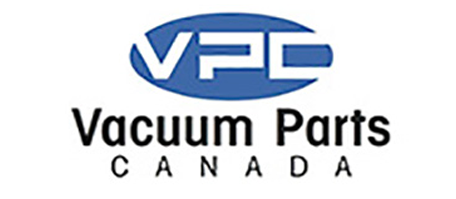
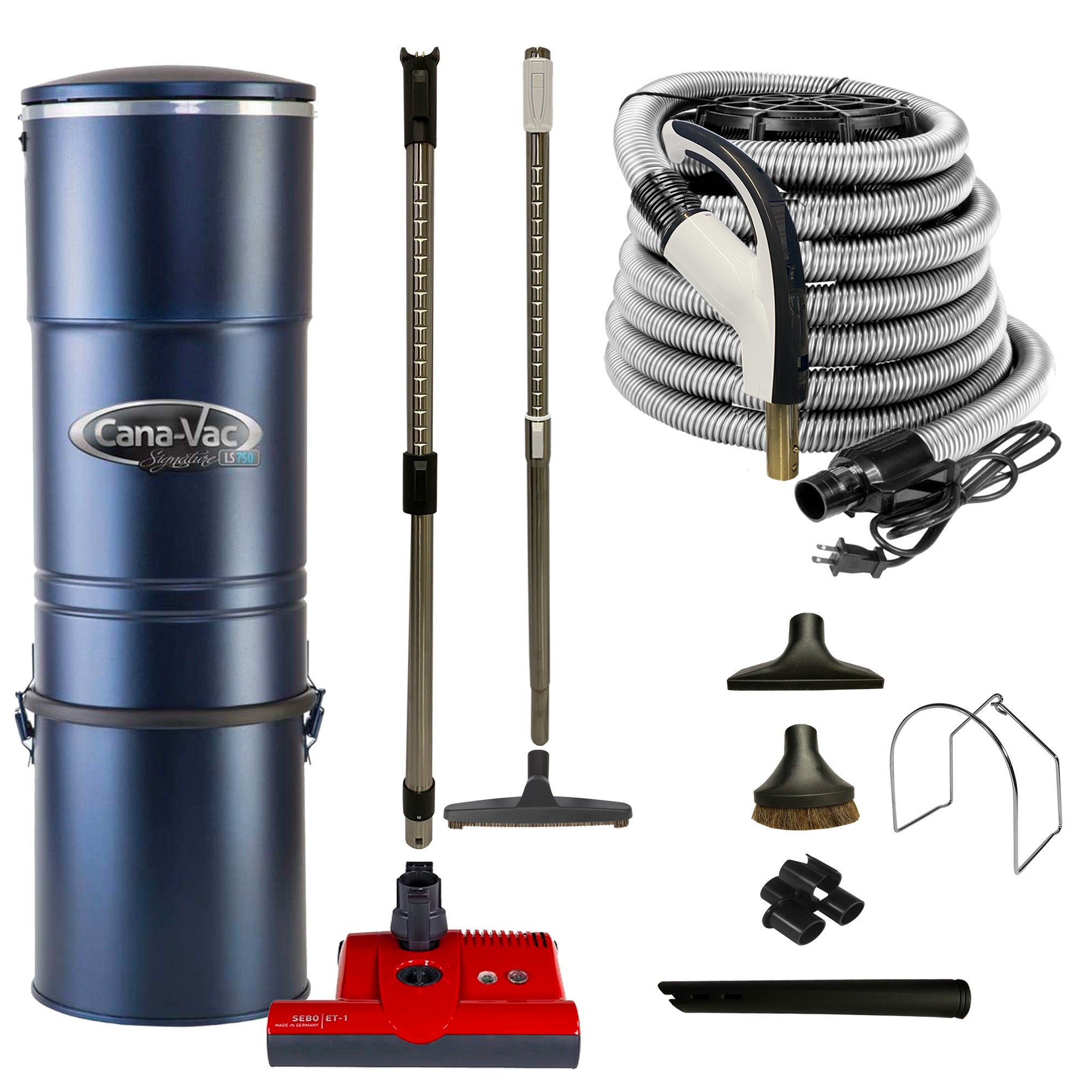
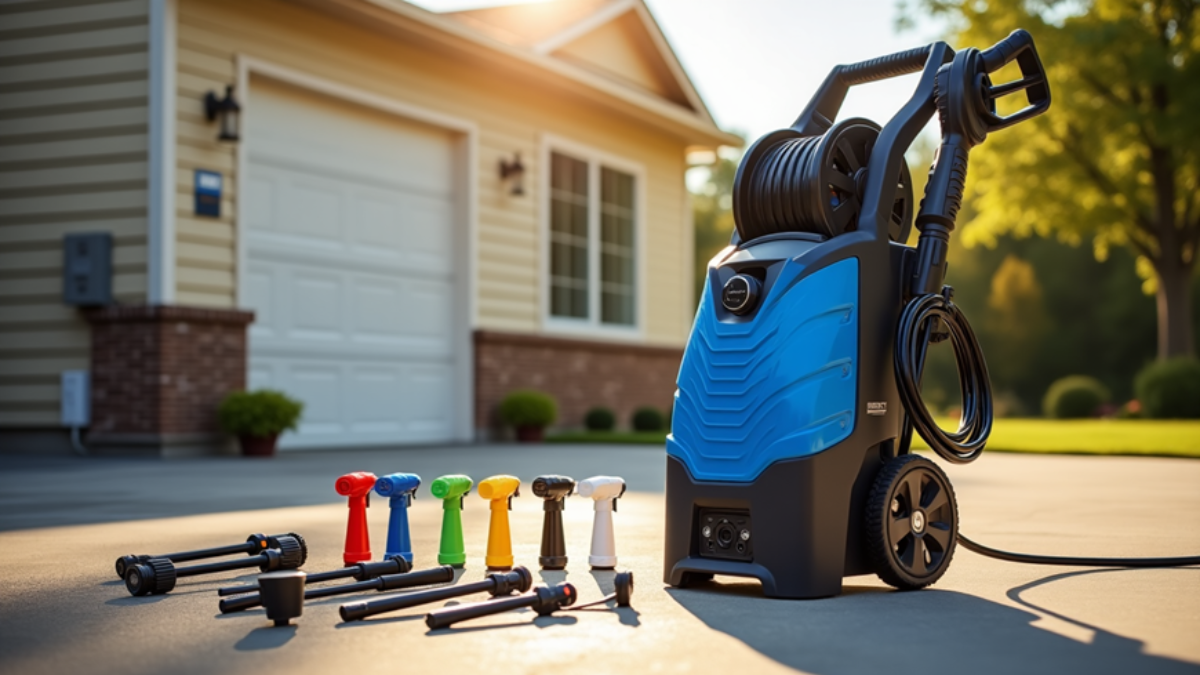
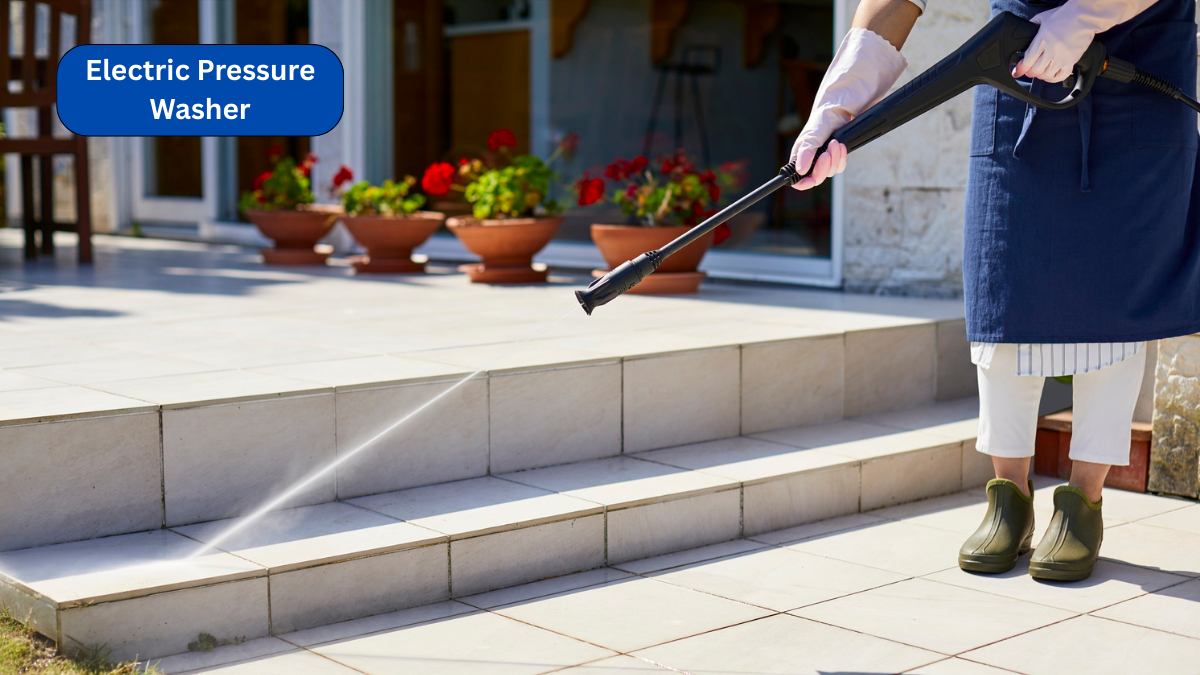
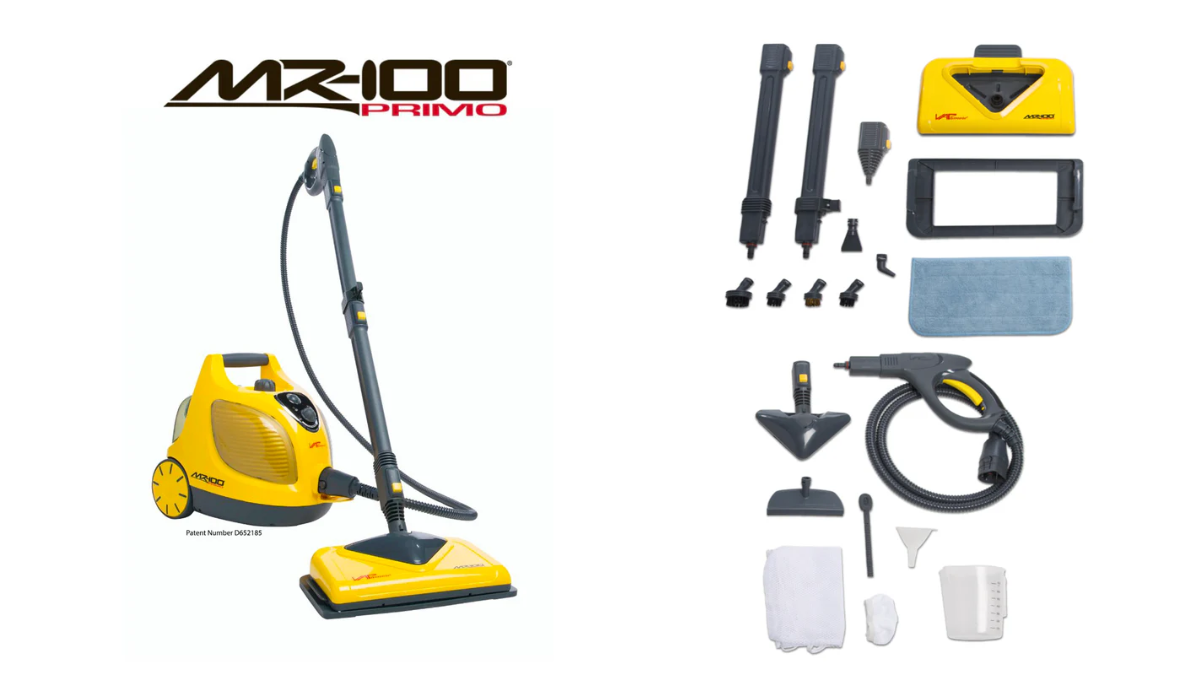
Leave a comment
This site is protected by hCaptcha and the hCaptcha Privacy Policy and Terms of Service apply.